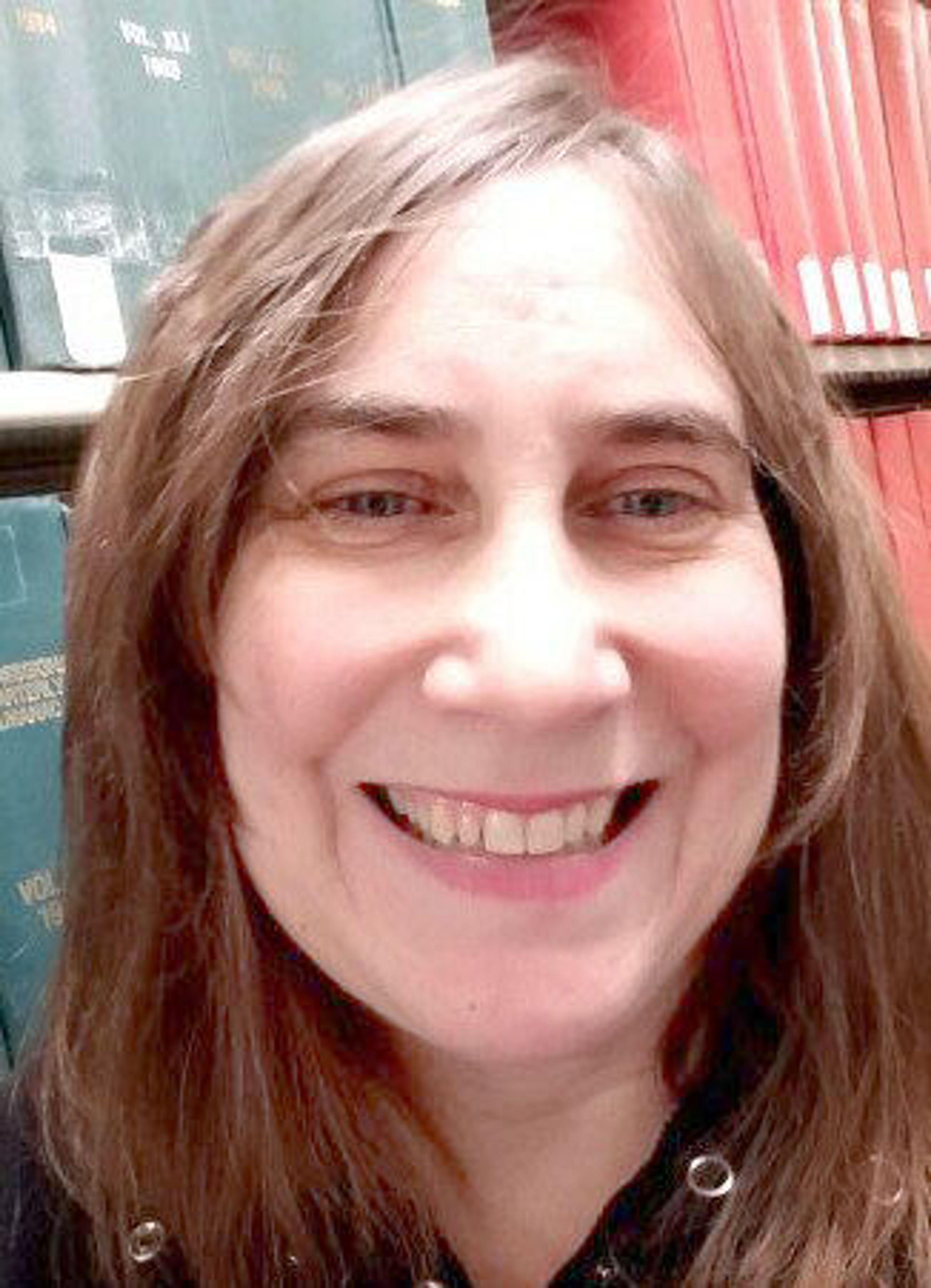At the Library: A look back (and forward) at WSU Libraries
A few years ago, I was looking for something in old issues of the Daily Evergreen and ran across an article from 1962. The title was, “Library Director Tells Uses of WSU Library,” and it was an interview with the library director at the time, Dr. G. Donald Smith, and a description of what was then, supposedly, “one of the ten largest and best supplied units west of the Mississippi.” You can find a typed transcript atbit.ly/3YRclcm.
The unknown student journalist noted the modular nature of the walls, which can be moved to meet changing needs (this explains some of the odd wall placements that have confused library visitors for decades), as well as the up-to-date communication technology (phone, lighting, and even television outlets — the article author noted the foresight necessary given that the plans were drawn up in 1946). Many years ago, I found a reference to a 1948 article in The Architectural Record on the construction of Holland Library.
Written by the architect, it focused on ventilation, that same modular nature, and its built-for-technology design (apparently there was also a planned built-in vacuum system, which I’ve been meaning to investigate for years — did it actually exist? A goal for 2023!) The design also included a system of pneumatic tubes and a dumbwaiter for moving paper and books between floors (both were fully and permanently blocked up a few years ago).
Originally the building was to have closed stacks like the previous library in Bryan Hall, but wiser heads prevailed and almost immediately library patrons were able to venture in and locate their own books — a great way to find serendipity and synchronicity in the stacks.
It’s interesting to consider other ways in which technology and space needs are described in the article. There is an audio-visual center (which eventually spun off and is now part of Academic Outreach and Innovation) and a graphics laboratory that created “teaching materials such as charts, diagrams, and models.”
These days, of course, no specialized equipment or personnel are required (although, either or both can make the difference between a learning object that is basic versus one that is exceptional).
I was fascinated by the last two paragraphs. By 1962, the library held 763,000 books and there was already concern that the building would run out of space.
The Frances Penrose Owen Science and Engineering Library was opened in 1977 and eased the contemporary space crunch, but growth was inevitable. Interestingly enough, it was thought at the time that space would never be an issue again because of the use of microforms — which is what Dr. Smith thought would happen, along with “electronic cooperation between libraries, thus reducing duplication.”
The public Carnegie Library I visited when I was a student at Mount Holyoke College in the early 1980s had a microfiche library catalog, and I hated it. I also hated the eye strain and nausea I experienced when using microfilm for more than an hour at a time. I’m grateful that “cooperation between libraries” evolved into online document delivery, interlibrary loan, and today’s wonderful Summit service that conveniently connects WSU library patrons to 36 other Orbis Cascade Alliance academic libraries in Washington, Oregon and Idaho.
Finally, the author notes that “Dr. Smith already visualizes the time when the dialing of a special code number will bring needed materials beaming in over a television circuit or printed out on a facsimile machine from master files in libraries many miles away.” This probably seemed amazing and like science fiction at the time but has actually developed and expanded over the years (and not just for libraries and higher education) to the internet and online teleconferencing and streaming media.
Sixty years ago seems a long time, but it’s interesting to see that space and technology issues were being speculated about then in a way that follows through to current times (we’re still concerned about space, by the way). It will be interesting to see where the WSU Libraries (and all libraries — academic, public, school, and special) are going as technology and society move towards 2082.
O’English is the social sciences and government documents librarian at Washington State University Libraries.








